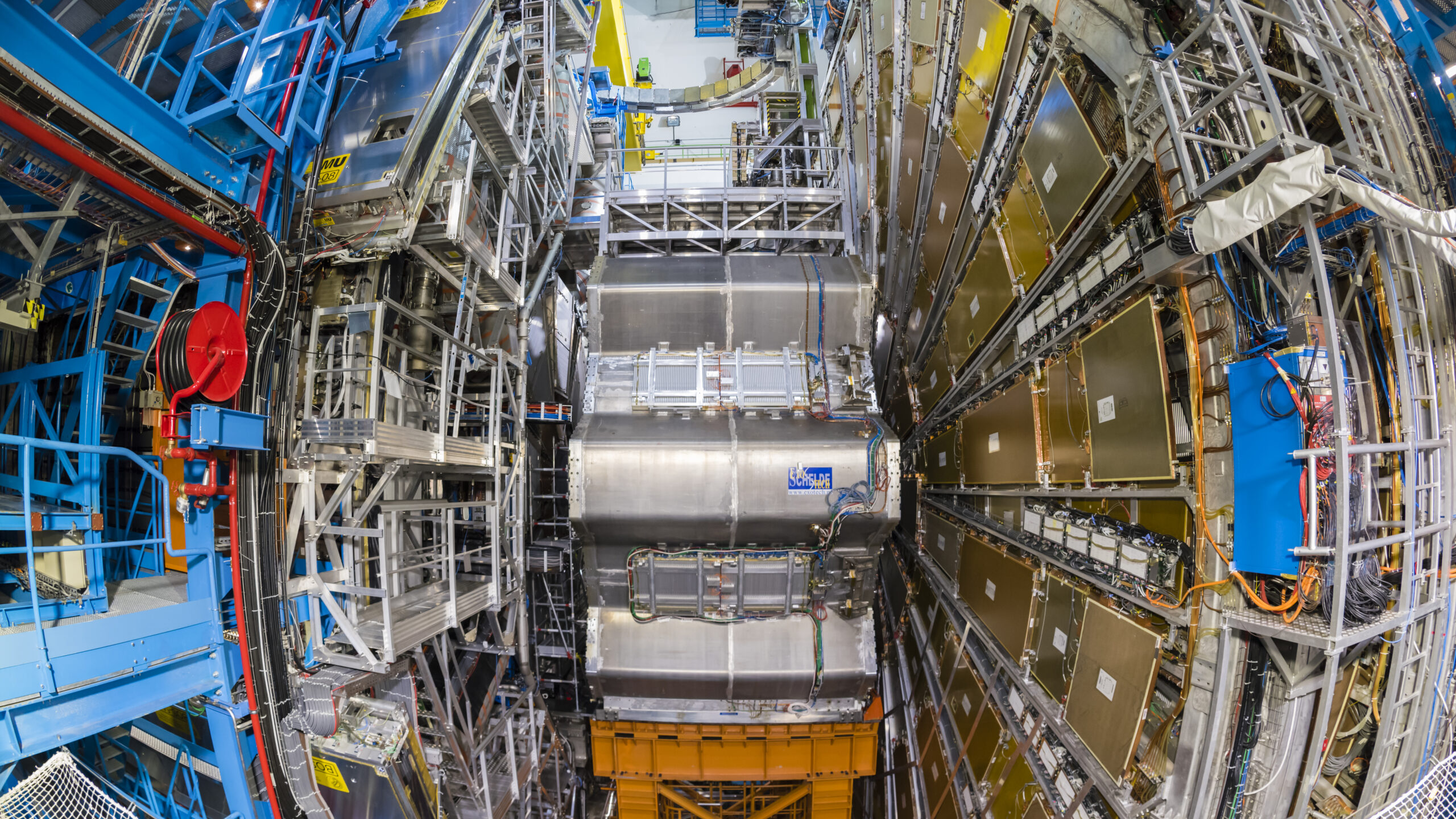
How a grad student got LHC data to play nice with quantum interference
How did your country report this? Share your view in the comments.
Diverging Reports Breakdown
How a grad student got LHC data to play nice with quantum interference
Measurements at the Large Hadron Collider have been stymied by one of the most central phenomena of the quantum world. Now, a young researcher has championed a new method to solve the problem using deep neural networks. The ATLAS collaboration released two papers last December that describe new ways of exploring data from their detector. Its success is already having an impact on the experiment’s plans for future work.
The Large Hadron Collider is one of the biggest experiments in history, but it’s also one of the hardest to interpret. Unlike seeing an image of a star in a telescope, saying anything at all about the data that comes out of the LHC requires careful statistical modeling.
“If you gave me a theory [that] the Higgs boson is this way or that way, I think people imagine, ‘Hey, you built the experiment, you should be able to tell me what you’re going to see under various hypotheses!’” said Daniel Whiteson, a professor at the University of California, Irvine. “But we don’t.”
One challenge with interpreting LHC data is interference, a core implication of quantum mechanics. Interference allows two possible events to inhibit each other, weakening the likelihood of seeing the result of either. In the presence of interference, physicists needed to use a fuzzier statistical method to analyze data, losing the data’s full power and increasing its uncertainty.
However, a recent breakthrough suggests a different way to tackle the problem. The ATLAS collaboration, one of two groups studying proton collisions at the LHC, released two papers last December that describe new ways of exploring data from their detector. One describes how to use a machine learning technique called Neural Simulation-Based Inference to maximize the potential of particle physics data. The other demonstrates its effectiveness with the ultimate test: re-doing a previous analysis with the new technique and seeing dramatic improvement.
The papers are the culmination of a young researcher’s six-year quest to convince the collaboration of the value of the new technique. Its success is already having an impact on the experiment’s plans for future work.
